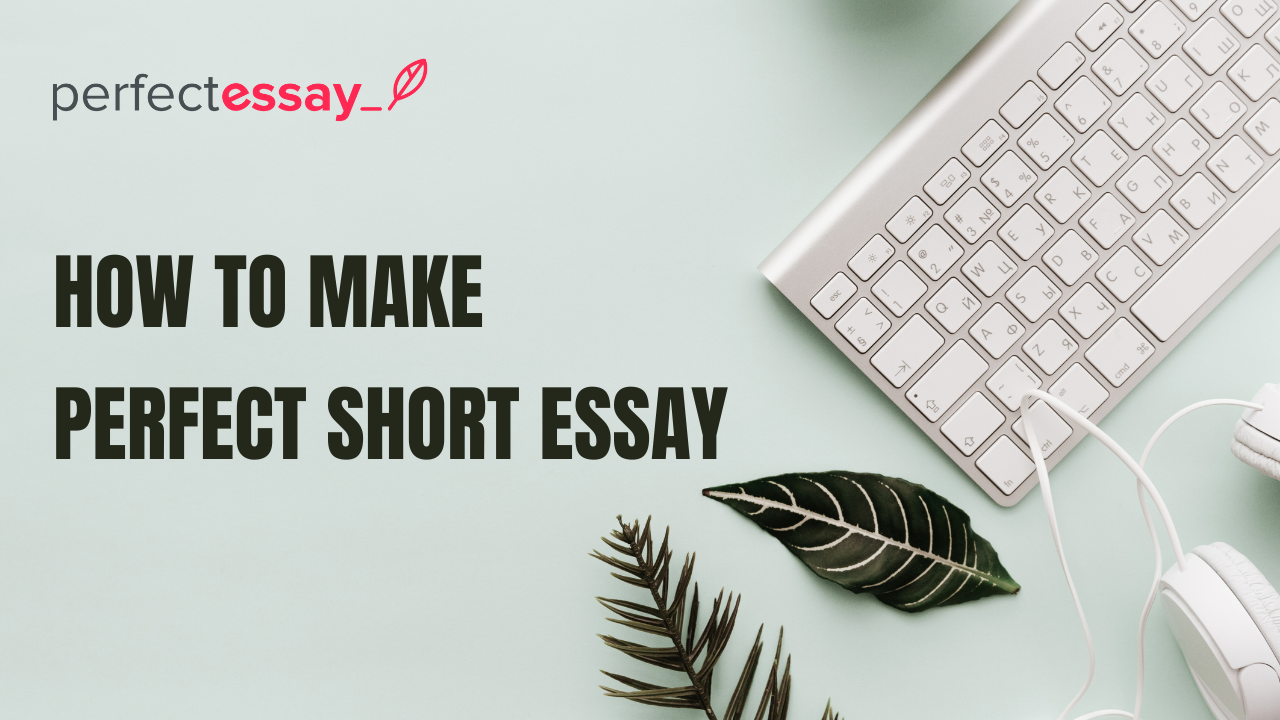Table of Contents
Introduction
In academic institutions, writing holds a central place in the spectrum of learning and then imparting knowledge. Students need to write hundreds of assignments and papers before they pass a class and are declared to be suited for the next chapter in their academic life.
The character of much of the academic writing is similar. It is devoid of any emotion or sentiment and only targets the calculated facts and figures. Be it a thesis, a dissertation, or a term paper, students need to provide empirical evidence to back their claims.
However, a narrative essay is something different.
Narrative Essay Writing
A narrative essay is a subjective and emotional account of a personal experience or incident that happened to the writer and that changed the further course of events for him and the people around him. It relies heavily on the sentiments and perception of the narrator or writer, so there are always chances of finding an “unreliable” narrator in these essays.
Instructors provide necessary training and then assign tasks to students to write narrative essays to gauge their thinking and writing capabilities. Since it has much room for subjectivity and emotions, students with a better grip on language and its interplay with ideas can do much better than students who struggle with stringing simple sentences.
Essential Elements of A Narrative Essay
Like building blocks to erect an edifice, a narrative essay has certain elements that are necessary for its existence. If there is an element that is not present in a write-up, it can be anything but not a narrative essay. While students are learning to write great essays to get first-class scores, it is best to identify and understand the elements that are at play.
Plot
When it comes to the essentials of a narrative essay, the plot takes the central position along with the theme. In simple terms, a plot is the structure of the story concerning time and events. There are traditional plot lines or story arcs that are often observed in the literature. It includes exposition, rising action, climax, falling action, and then resolution.
Theme
When it comes to the theme of the narrative essay, it is the central idea or intent of the writer that he wants to convey to the readers through his writing. It would not be an overstatement to say that other elements exist to showcase and pronounce the effect of the theme. The most common themes in narrative essays include tragedy, loss, meeting a new person, etc.
Characters
Characters are the people that are in the narrative and act out the story. In many cases, they carry a symbolic value and stand for something else. There are two major characters in every narrative essay. A protagonist is also the central character of the essay. And then there is the antagonist who offers opposition to the protagonist. There may be other characters but they do not carry much value.
Setting
A setting in a narrative essay is the time and place where characters interact and incorporate the theme of the story through their words and actions. Like characters, a setting can be symbolic and represent something else, something grander, or it can simply be a backdrop to add meaning to the narrative. Whatever role it plays, it is essential for the narrative essay.
What Makes A Good Narrative Essay?
Because of the subjective nature of writing, there is not a single way to write a good narrative essay, depending on the topic and content of the essay, students can steer the narrative in a direction that can better display the elements.
Solid Plot With Good Logical Flow
Even professional writers struggle with the logical flow of the plot, so students can be forgiven if they slip up while balancing the nuances of plots and arcs in their essays. A good narrative essay has a solid plot with logical flow, which means the causes have visible and significant effects and vice versa. There is little to no room for luck and other things out of the blue and the protagonist is the master of his destiny.
Well-Embedded Theme
Theme clouds all the other elements of the narrative and should be well-embedded in each scene, the words and actions of the characters, and the setting. If a narrative essay is about going to a new place and describing the feelings of being lost, this idea should be determined across the board, no matter the scene. It should be well-grounded in the narrative that readers cannot shrug it off, no matter what they do.
Believable & Relatable Characters
Characters fuel the action and keep the readers engaged. One of the main reasons they are considered to be the soul and heart of the narrative is how they are developed. Since every emotion and sentiment of the story is expressed through them, they must be three-dimensional and relatable to the readers. So, writers should go for something as human and flawed as possible and then overcome all these at the end of the conclusion.
Complementary Setting
Many students make the mistake of creating a setting that is aloof from all the action and characters and simply a dead backdrop to the story. This is a missed opportunity as the setting can be used to create something riveting and moving for the readers. For instance, adding grey sky and rain at the time of tragedy gives the effect of gloom and divine crying as they further emphasize the tragedy and loss.
Purpose of Writing A Narrative Essay
Another thing that defines a narrative essay is its purpose. The primary, and sometimes sole, the purpose of writing one is to entertain readers so that they can draw parallels from the story and compare their lives with that of the characters in the essay.
This is necessary if the essay has to carry some moral lesson.
For instance, a narrative essay that is about the tragedy of losing a loved one can evoke feelings in readers about a similar incident. From the lens of the story, they can connect with the characters and the writer in the unity of identical circumstances.
Practical Tips To Write A Good Narrative Essay
After going through the markers that can make a good narrative essay, let us go through some of the practical tips that can help students write great narrative essays and secure maximum marks.
Let’s get started!
Choosing The Right Topic
When it comes to writing a narrative essay, this is the first major step to watch before getting started. The topic should be relevant to the story that students have in their minds. While composing a working title, they should go for a balanced approach. It means the title should not be too revealing nor should it conceal the true essence of the story.
It should have the gist of the essay and encapsulate the theme so that readers can feel attracted to it even before starting. This could be the best way to promote the essay and convince readers to go through it.
Starting With A Hook
A hook is a literary device that writers use to lure readers in. It is mostly used in fiction writing. The writer starts with a bold statement, a question directly asked to the readers or a statistic that connects with the story.
Since the opening is the part that is read by most people and they will determine the quality and pull of that part whether they want to read on or leave the story be, a hook is the best option to convince readers to stay. Also, it can help writers to turn the story around in conclusion for the added effect.
Keeping A Tight Grip On All Elements
A narrative essay is composed of different elements, from plot to characters and beyond. In a good story, all elements play out and balance each other where their essence is defined by the contribution in highlighting others.
Students often make the mistake of dragging onto one element and leaving others behind. This could result in poor execution of ideas and flat narration.
On the other hand, a tight grip on all the elements can lead to a narrative that is remembered by readers for a long time and feels more real than life itself.
Dynamic Range In Terms Of Words And Phrases
Another recurring problem with students when they write essays is the poor choice of words. Instead of using the right word for the right thing, they often settle on guesses and weak phrases.
This results in a washed-out narrative that is hard to back and stay afloat for the readers.
The best way to counter this problem is to read and study works from the literary giants and see how they balance elements and use a dynamic range of words and phrases to weave a compelling narrative.
F.A.Q
What is the purpose of writing a narrative essay?
The main purpose of writing a narrative essay is to connect with readers and entertain them. The writing should be clear and easy to follow for readers so that they can draw parallels with the theme and setting of the essay.
Is it difficult to write narrative essays for college admission?
It could be difficult to write narrative essays for college admissions because high school students feel overwhelmed and do not take the competition easily. Also, the topics are often technical and require deep research and multiple drafts of writing.
What is the standard structure of a narrative essay?
A standard structure of a narrative essay consists of five paragraphs:
- One for introduction or opening
- Three for the main body to explain the elements at play
- One for conclusion or closing
What is the difference between a narrative essay and a reflective essay?
A narrative essay is about the details and the lessons learned from a personal incident or experience. A reflective essay, on the other hand, is about the response of the writer or the narrator against the conflict or disruption in the status quo. The biggest change in focus of writing.
Can I write a narrative essay without a thesis statement?
A thesis statement is a summary or gist of the theme of the narrative essay. It is usually written in the closing lines of the introduction which explains what the whole narrative could be about. It also foreshadows the events coming in the body of the essay. Without a clear thesis statement, a narrative essay does not exist.
Is there a specific word count in narrative essay writing?
Most of the time, the word count for a narrative essay is prescribed by the instructors. This is usually around 1000 to 1500 words. But when this is not the case, students can cruise their essays in this range with a standard 5 paragraph structure.
Conclusions
Writing a narrative essay can be an emotional journey for the writer as he has to conjure up memories from the past or get his imagination to work, to produce a riveting narrative. Although it has subjective content and relies on emotions, a narrative essay has a standard structure, elements, and markers through which it can be declared great or average.
We have shared the prerequisites that make a good narrative essay along with some handy tips to improve writing. Students can also benefit from the overview of elements as it will help them better learn and balance them in their stories.
To write good narrative essays, students need to start and come up with original ideas. This will ensure maximum scores in school and college.
Our Compliments




